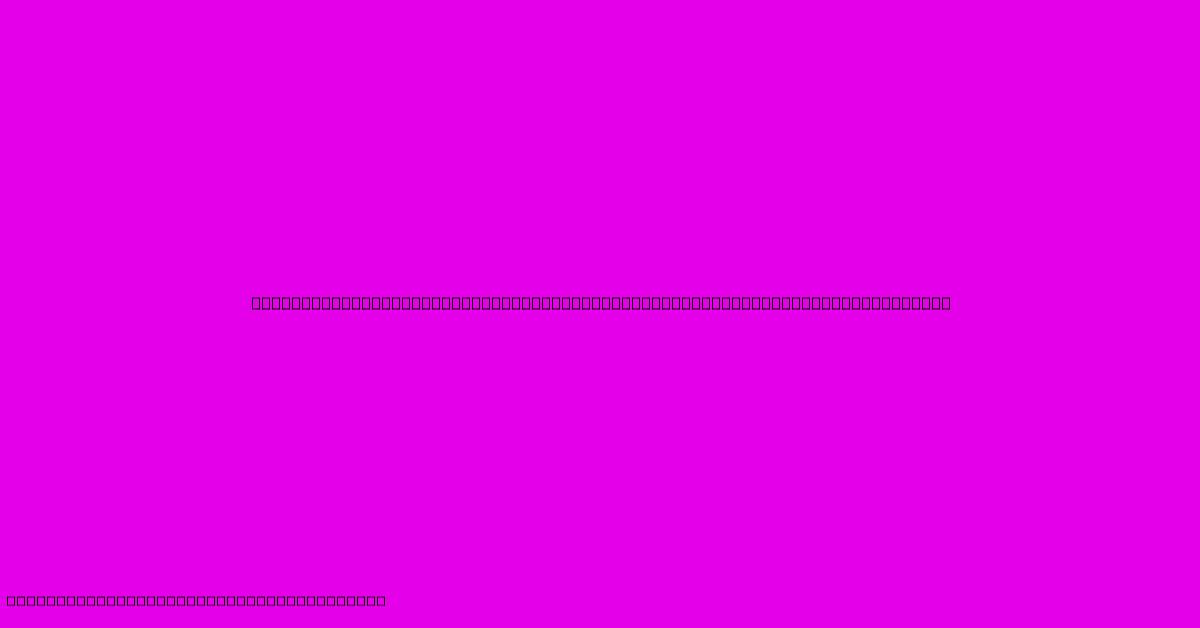Saddle Stitch Excellence: The Blueprint For Unforgettable Art Booklets

Table of Contents
Saddle Stitch Excellence: The Blueprint for Unforgettable Art Booklets
Creating a stunning art booklet requires more than just beautiful images; it demands a meticulous approach to design and printing. The saddle stitch binding method, when executed correctly, offers a perfect blend of elegance, durability, and affordability, making it an ideal choice for showcasing artistic creations. This comprehensive guide delves into the key elements of saddle stitch excellence, ensuring your art booklets leave a lasting impression.
Understanding the Saddle Stitch Method
Saddle stitch binding, also known as "stitching," is a simple yet effective binding technique. Pages are folded in half, collated, and then stitched through the fold line using wire staples. Its simplicity belies its versatility, allowing for a wide range of page counts (generally multiples of four, up to about 60 pages depending on paper weight) and design options. This method is best suited for projects where a lightweight, cost-effective solution is desired. Think of it as the perfect choice for catalogs, brochures, and, importantly, art booklets.
Advantages of Saddle Stitch Binding:
- Cost-Effective: Saddle stitch is significantly cheaper than other binding methods like perfect binding or case binding.
- Lightweight: Ideal for easy distribution and handling.
- Simple and Elegant: The clean, understated look adds to the overall aesthetic of your art booklet.
- Quick Turnaround: The production process is relatively fast.
Disadvantages of Saddle Stitch Binding:
- Limited Page Count: Higher page counts can become bulky and difficult to manage.
- Flat Opening: The booklet won't lay completely flat, which can be a minor limitation for some designs.
Designing for Saddle Stitch Success
The design phase is critical to achieving saddle stitch excellence. Careful planning ensures your booklet looks professional and showcases your artwork effectively.
1. Page Layout and Design Considerations:
- Bleed: Extend your artwork beyond the trim line to prevent white edges after trimming. This is essential for a polished look.
- Margins: Ensure adequate margins on all pages to avoid losing important elements during trimming and binding.
- Fold Lines: Carefully consider where your fold lines will fall. Avoid placing crucial design elements directly on the fold line to prevent distortion.
- Spreads: Always design your artwork in spreads, considering how adjacent pages will interact when the booklet is open.
2. Paper Selection:
The choice of paper dramatically impacts the final product. Consider:
- Weight: Thicker paper adds durability and a sense of quality, but it can increase costs.
- Texture: A textured paper can enhance the visual appeal of your artwork.
- Finish: A matte finish may be preferable for photography, while a glossy finish might suit vibrant illustrations.
3. Printing Techniques:
Choosing the right printing method is paramount. Offset printing offers superior quality for large runs, while digital printing is better suited for smaller quantities and allows for greater flexibility. High-quality printing is essential to ensure your artwork is reproduced faithfully.
Beyond the Basics: Elevating Your Art Booklet
While the technical aspects are vital, several key elements contribute to unforgettable art booklets.
1. Content Curation:
The artwork itself forms the heart of your booklet. Select pieces that complement each other thematically and visually. Consider a cohesive narrative or flow to guide the viewer's experience.
2. Professional Editing and Proofreading:
Even minor errors can detract from the overall impact. Professional editing and proofreading are essential to maintain credibility and ensure accuracy.
3. High-Quality Images:
Invest in high-resolution images. Poor quality images will diminish the effect of your artwork, no matter how good the printing.
4. Thoughtful Cover Design:
The cover is the first thing people see, so make it count. A compelling cover design will entice potential buyers and collectors.
Conclusion: The Art of the Perfect Booklet
Creating an unforgettable art booklet is a blend of art and technical precision. By understanding the intricacies of saddle stitch binding, meticulously planning your design, and selecting premium materials, you can produce a stunning piece that effectively showcases your artistic talent. Remember, attention to detail in every stage – from concept to completion – is crucial to achieving saddle stitch excellence and leaving a lasting impression on your audience.

Thank you for visiting our website wich cover about Saddle Stitch Excellence: The Blueprint For Unforgettable Art Booklets. We hope the information provided has been useful to you. Feel free to contact us if you have any questions or need further assistance. See you next time and dont miss to bookmark.
Featured Posts
-
Lurie On Celtics Ownership
Feb 04, 2025
-
Bloodlines Trailer Final Destination Franchise Returns
Feb 04, 2025
-
Surprise Her With These Breathtaking Mothers Day Flowers
Feb 04, 2025
-
Many Us Businesses Affected Immigrant Absence
Feb 04, 2025
-
Sam Kerr Calls Police Officer Stupid
Feb 04, 2025
